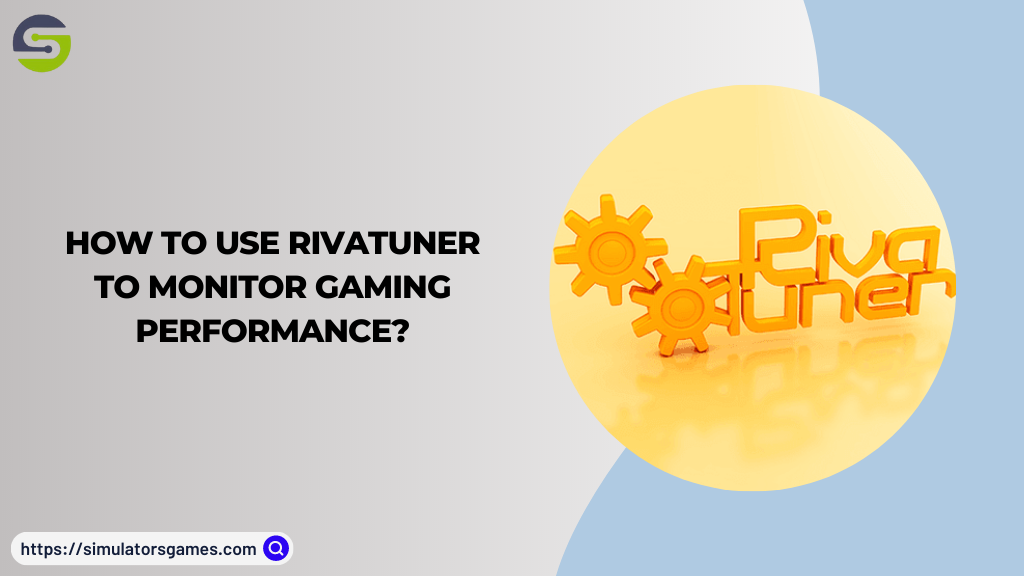As a PC gamer, you want to get the most out of your hardware. If you’ve been struggling with hardware troubles or want to learn how to optimize your setup without necessarily overclocking, RivaTuner Statistics Server (RTSS) can help.
With its advanced monitoring tools, you can track your hardware performance and push your system beyond the stock specifications. Say goodbye to niggling hardware issues and hello to the ultimate gaming experience.
RivaTuner Statistics Server (RTSS)
Are you familiar with RTSS? It stands for RivaTuner Statistics Server, a tool initially created to support Nvidia GPU overclocking through its companion RivaTuner.
Now, it has become a standalone software that offers not only hardware and frame-rate monitoring but also frames limiting and video capture.
Although RivaTuner is now integrated into various major GPU overclocking tools like EVGA Precision X, ASUS GPU Tweak, and MSI Afterburner, this guide focuses on the latter.
Here are the steps you need to take to begin using RTSS.
Are you a tech-savvy gamer who wants to keep an eye on the performance of your CPU and GPU while gaming? If yes, then you need to install and configure RTSS, aka RivaTuner Statistics Server. It is a crucial component of MSI Afterburner that helps monitor critical hardware parameters.
Here’s how you can install and configure RTSS:
1. Begin by downloading the latest stable release of MSI Afterburner bundled with RTSS.
2. Install the tool and make sure you select RivaTuner Statistics Server during the installation process. Without it, you won’t be able to monitor the crucial hardware parameters.
3. Next, open MSI Afterburner and set up the overclock settings for the GPU. Alternatively, you can leave everything at the default settings and jump straight into configuring RTSS by clicking on the gear icon and going to the Settings tab.
4. Once you’re on the Settings tab, navigate to the Monitoring section. Here, you’ll see a list of hardware parameters related to the CPU and GPU.
5. Select the hardware parameter you wish to monitor, making sure the checkmark beside it isn’t greyed out. Be mindful that monitoring these parameters can impact CPU performance, so choose only what you need.
6. After selecting the desired parameter, tick the checkbox named “Show in On-Screen Display.” The drop-down menu beside it allows you to choose whether you want to display the data as text, graph, or a combination of both. Repeat this for all parameters you want to monitor.
7. Lastly, click the OK button to save these settings. When you start playing a game next, the selected parameters will be overlaid on the top left corner of your screen.
Stay ahead of the game with RTSS monitoring, and make sure you’re squeezing the most out of your hardware with this nifty tool!
Customization of RTSS
Get ready to dive into the world of RTSS customization! Whether you access it through MSI Afterburner or directly from your system tray, there are a plethora of options available in the Rivatuner app.
From tweaking the OSD dimensions to configuring automatic start-up with Windows, there are plenty of features to experiment with. However, the real fun begins when you click on the “Add” button and create a profile for a specific program or app.
Don’t be afraid to explore and get creative with RTSS – the possibilities are endless! Whether you’re a gamer looking to optimize your experience or a tech enthusiast wanting to push the limits of customization, RTSS is the tool for you.
So go ahead and let your imagination run wild!
Conclusion
RivaTuner Statistics Server (RTSS) is a powerful tool for PC gamers to optimize their hardware performance. By monitoring critical hardware parameters, users can push their systems beyond the stock specifications without overclocking.
The installation and configuration process is straightforward. Customization options allow users to experiment with a variety of features and create profiles for specific programs or apps. With RTSS, the possibilities are endless, and users can take their gaming experience to the next level.






